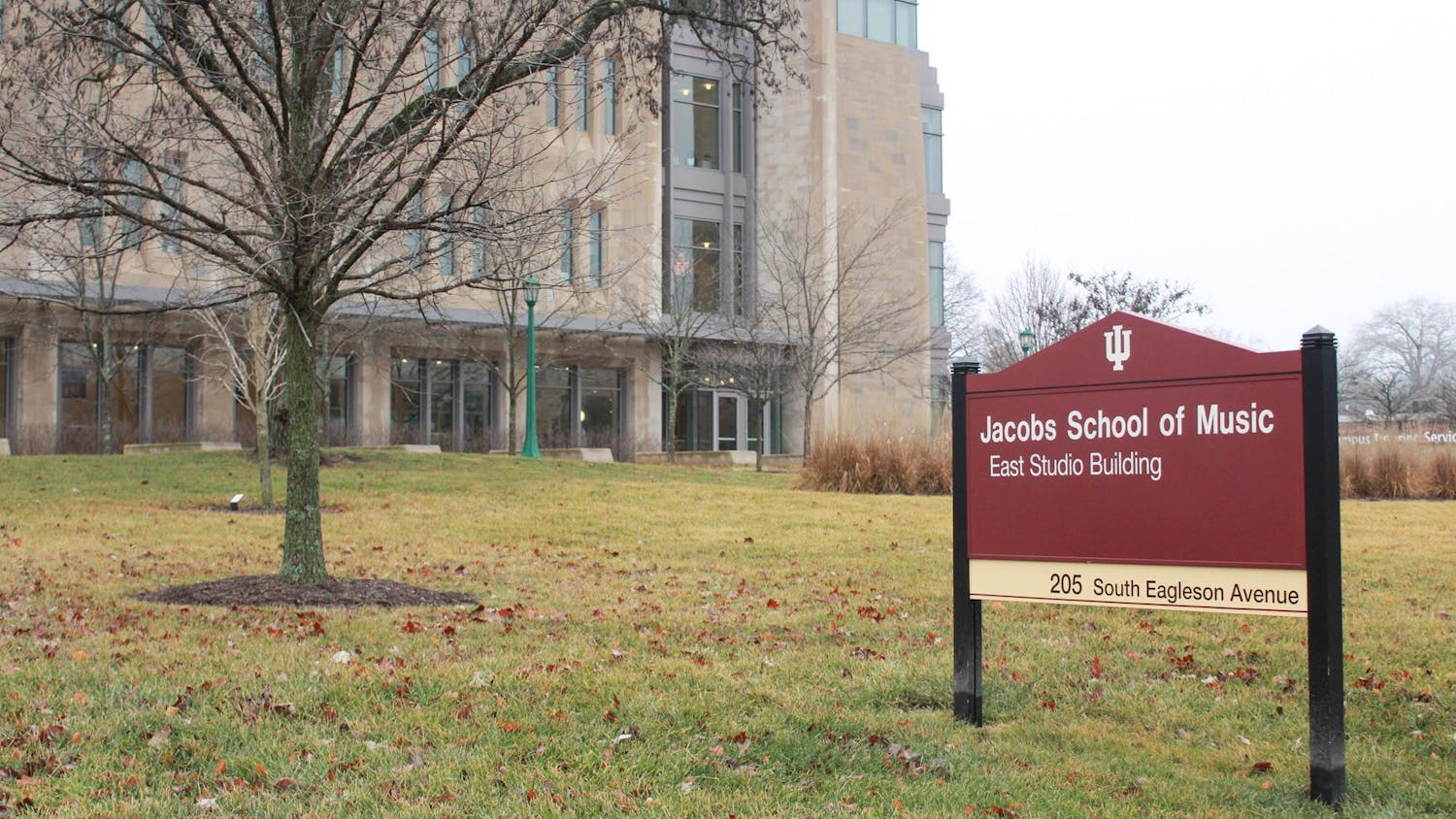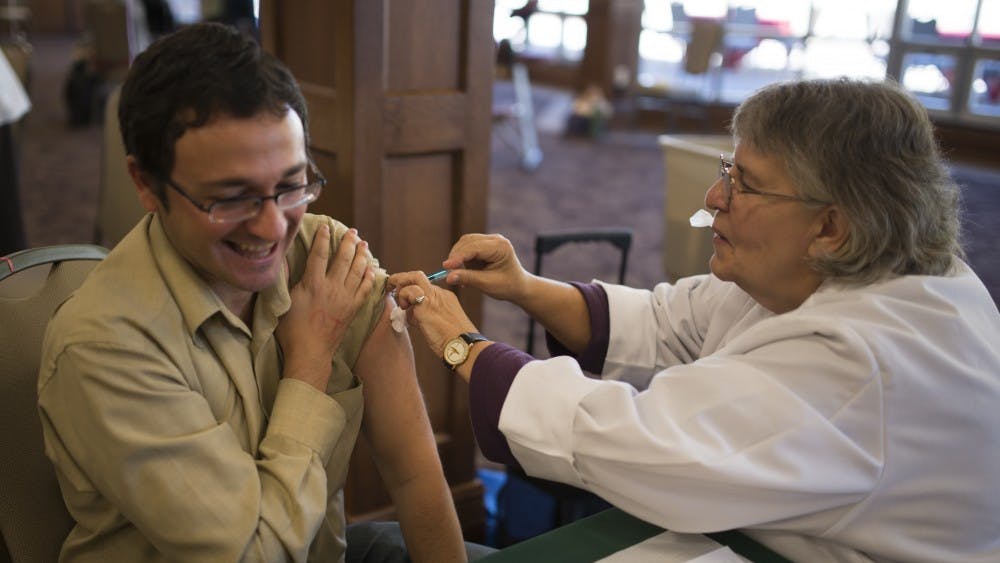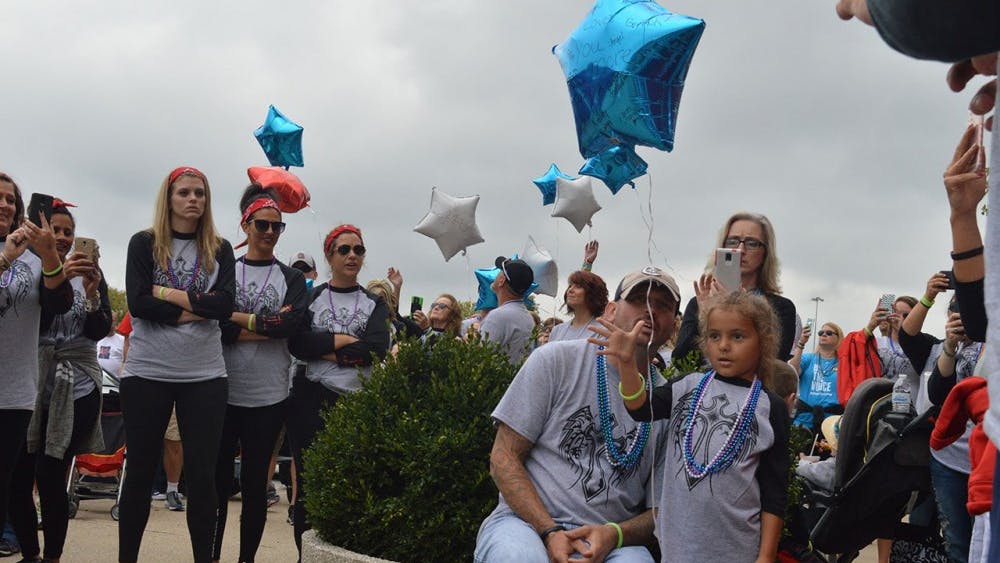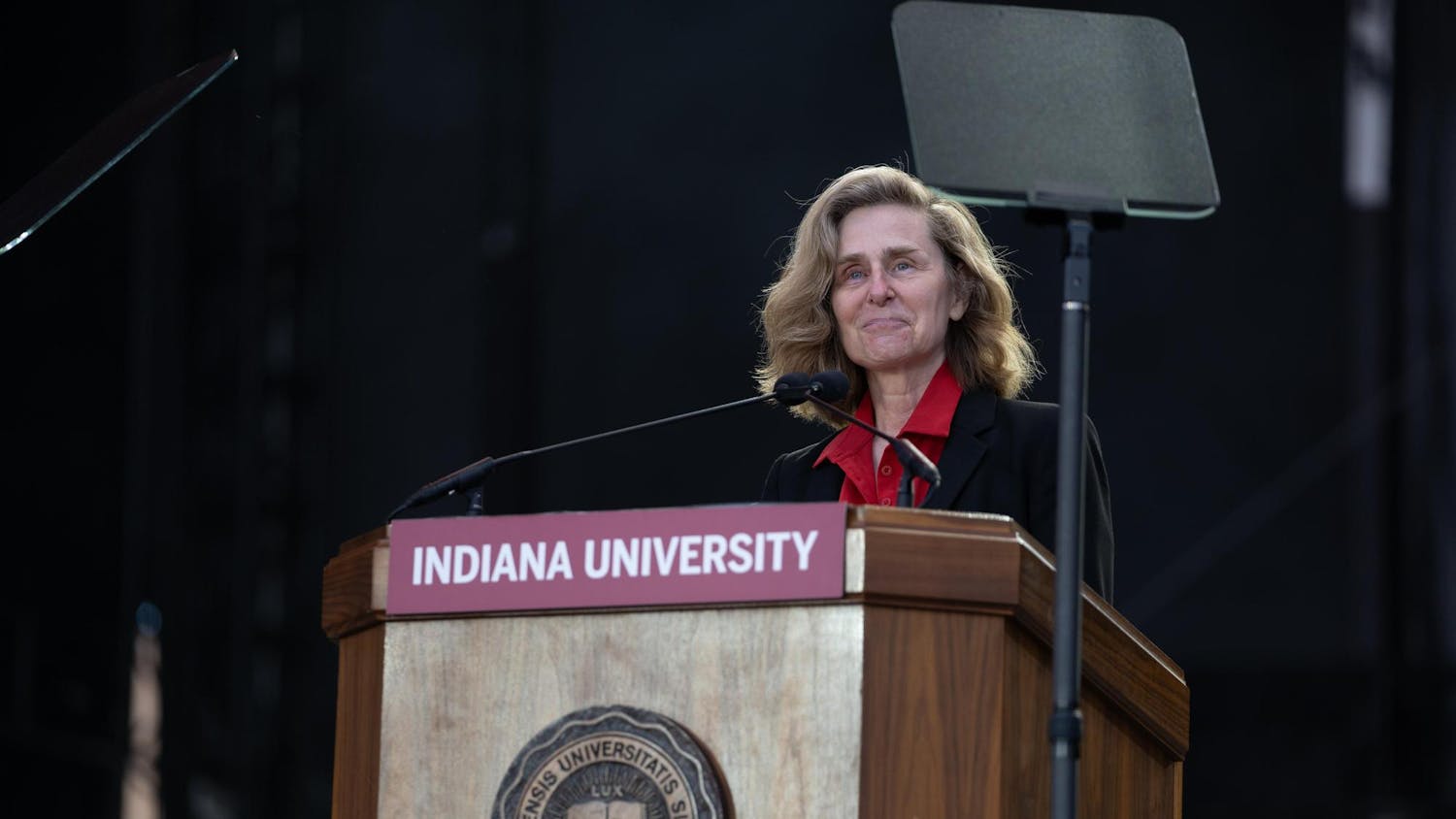Indianapolis has been ranked the worst city in the country in terms of access to healthy food by a recent Walk Score report.
Walk Score measured the percent of people within a five-minute walking distance of fresh, healthy food. According to the report, only 5 percent of Indianapolis residents met this criteria, compared to New York City’s 79 percent. The survey consisted of U.S. cities with a population of 500,000 or more.
Low access to fresh food has long-term economic implications for a city in regards to public health, said Nicolaas Mink, the urban sustainable foods fellow at Butler University’s Center for Urban Ecology.
“You have problems with diabetes, stroke, heart disease,” Mink said. “All of these, of course, are costs that passed onto health care.”
The economic consequences do not stop at health care, but extend into city development as well.
A lack of access usually means people have to drive long distances to obtain healthy food options.
“They’re not keeping local dollars in local communities,” Mink said. “It’s a tremendous challenge to rebuild and revitalize neighborhoods.”
Walk Score is a private company that specializes in walkability services distributed through the web and a mobile application.
A lower walk score means a city or neighborhood is more car dependent, said Marissa Freeman, the community outreach manager for Walk Score.
Bloomington was given a Walk Score of 39 and was defined as a car-dependent city. Indianapolis was awarded a Walk Score of 29.
“A lot of transit agencies post publicly their information about routes and bus stops and times and things for their transit services,” Freeman said.
Walk Score’s data is based on a compilation of information from transit companies and Web sources such as Google Maps and crowdsourcing, she said.
“There are ways for customers to edit or contribute the data,” Freeman said. “For example, grocery stores listed have a function where people can go in and say ‘edit store.’ So say it’s a convenience store but it’s listed a grocery store, we are welcoming viewers of this blog to click edit place and say ‘actually, this is more of convenience store.’”
Despite the advantages of the Walk Score, proximity to common destinations is just one factor in walkability, said Vince Caristo, a coordinator for the City of Bloomington Planning Department.
“One of the biggest factors that is not included in Walk Score is the conditions of the walking environment,” Caristo said.
It also does not include the presence of sidewalks, crash history, motor vehicle speeds or other factors, he said.
“All of the physical features that contribute to a walking network are not included in Walk Score,” he said. “It’s solely based on calculations.”
The problem of fresh food access in Indianapolis cannot be solved quickly, Mink said.
Fixing the issue will take work from local grassroots organizations that are determined to build gardens and educate the younger generations, Mink said, as well as a number of other volunteer projects oriented around bringing access to fresh food back to Indianapolis.
“It is a problem that has been decades, if not generations, in the making,” he said.
Indianapolis ranked worst in nation for access to fresh food
Get stories like this in your inbox
Subscribe





